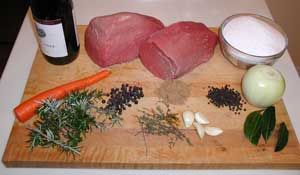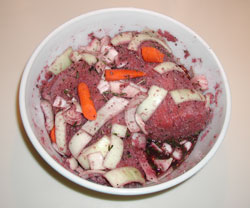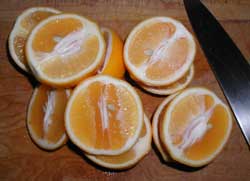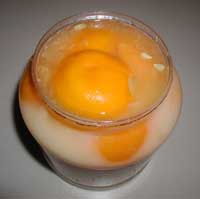Sunday Smoke
To that end, I dry-cured a few pounds of salmon and, yesterday at the farmer’s market (the real one on Alemany Blvd, not the over-gentrified sideshow at the Ferry Building), picked up some interesting little six-inch fish. When I bought them I thought they were some member of the sardine family, but after getting them home and taking a closer look, followed by consultation with the Field Guide to Pacific Coast Fishes, I concluded that they’re some sort of silversides (smelt, grunion, etc.) They best match the description of grunion, and since those are running south of here and are in season right now that seems most likely.
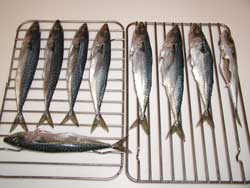 | At any rate, they were gutted, washed, and brined for a while before being rinsed and left in the refrigerator to dry overnight. Never having smoked such small fish before, I have no idea how long they should stay in the smoker so I’ll have to check them out fairly often to see if they’re done. |
The vendor adjacent to the fish truck had live chickens and rabbits on offer. I was tempted by the latter (after tasting last week’s duck confit I’ve been planning to make some from rabbit), but my 11-year-old son vetoed that possibility. His position was quite clear: He’d be more than happy to help clean them and eat them if they were already dead, or to shoot them in the field if they were wild, but he felt strongly that butchering these pet-like domestic bunnies at home was out of the question. To be honest, I think I agree with him.
| | 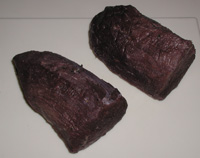 |

